Ulsan Petroglyph Museum (울산암각화박물관)
11.3Km 2021-02-22
254, Bangudaean-gil, Ulju-gun, Ulsan
+82-52-229-4797
Ulsan Petroglyph Museum was established on May 30, 2008 at the entrance to Petroglyphs of Bangudae Terrace (National Treasure No. 285) in Ulju-gun. The museum displays 311 exhibit materials and has an exhibition hall, a storage room, a research lab, and an audiovisual room.
The exhibition hall presents models of petroglyphs of Bangudae and petroglyphs of Cheonjeon-ri (National Treasure No. 147), an educational video introducing the petroglyphs, a children’s hall, and family activity facilities. Visitors can observe reproductions of famous petroglyphs at the outdoor exhibit.
Jangsaengpo Whale Museum (장생포 고래박물관)
11.4Km 2021-03-23
244, Jangsaengpogorae-ro, Nam-gu, Ulsan
+82-52-256-6301
The Jangsaengpo Whale Museum opened on May 31, 2005 is the first and only whale museum in Korea and stands on what used to be a central area for the Korean whaling industry. After whaling was banned in 1986, 250 artifacts from whalers and the whaling industry were collected and put on display. Visitors can enjoy experience zones such as the Whale Belly Road or the Underwater Adventure Zone. Exhibitions include things like a Bryde's whale skeleton, a killer whale skeleton, a gray whale corner, and whaling ships.
Jangsaengpo Whale Watching Cruise (장생포 고래바다여행선)
11.4Km 2024-03-06
244 Jangsaengpogorae-ro, Nam-gu, Ulsan
+82-52-226-1900
Jangsaengpo Whale Watching Cruise is a whale tour boat operating from Jangsaengpo, Ulsan, once Korea's largest whaling port. The vessel features cabins, a performance stage, a convenience store, and a restaurant. There are courses available for whale exploration and coastal tours. Passengers can observe whales swimming along the coast of Jangsaengpo or visit attractions such as the Ulsandaegyo Bridge and the Ulsan Petrochemical Complex along the coast. Valid identification is required for boarding.
Onggigol Ceramics (옹기골도예)
11.4Km 2025-03-28
18 Oegosan-gil, Ulju-gun, Ulsan
* Please be advised that this is located in one of the areas affected by the recent wildfire (as of March 27, 2025).
** For real-time wildfire information and emergency upates, visit the Korea Forestfire Information website and the National Disaster and Safety Portal.
Onggi Ceramics is the workshop of Heo Jin-gyu, a master onggi craftsman, and is located in Onggi Village in Ulsan, home to the largest production of onggi in the nation. Visitors can browse the items as well as purchase anything that piques their interest. The workshop also offers a range of exerience programs related to onggi, although advanced reservations are required to participate.
Petroglyphs of Cheonjeon-ri [UNESCO World Heritage] (울주 천전리 명문과 암각화 [유네스코 세계유산])
11.4Km 2025-07-18
Cheonjeon-ri, Dudong-myeon, Ulju-gun, Ulsan
The petroglyphs (figures, pictures, and letters were made on the rocks along the mid-stream area of Naegokcheon Stream, which is a tributary of Taehwagang River. The upper and lower sides of the rocks contain petroglyphs that differ in the content and techniques used. The upper side contains petroglyphs made by means of chiseling. The inscriptions include geometric patterns, animals, and abstract human figures. There are concentric circles, with a round figure looking like the sun at the center, four running deer next to them, and several semi-human animals. The figures with simplistic expression and symbolism appear to have been made during the Bronze Age.
The lower side contains line-drawn picture mixed with Chinese characters. They include a procession of horse riders, animals including dragons, and boats. In particular, the procession of horse riders appears in three different places. The boats provide researchers with important information on the offshore activities carried out by people of the Silla dynasty. The 800-plus written characters are about the King and Queen’s visit to the place. They were presumed to have been inscribed on two occasions during the reign of King Beopheung (r. 514-540) of the Silla dynasty. The content on the official positions and the government system makes it a precious material for those studying Silla during or around the 6th Century. The petroglyphs were made by many people over an extended period of time, providing vivid information on the life and thoughts of people from prehistoric times to the Silla dynasty.
The petroglyphs in Cheonjeon-ri and petroglyphs on the Bangudae Terrace, spanning three kilometers altogether along the Bangucheon Stream, have been inscribed on the UNESCO World Heritage List on July 12, 2025.
(Source: Korea Heritage Service)
Jangsaengpo Whale Culture Village (장생포 고래문화마을)
11.5Km 2024-12-26
271-1 Jangsaengpogorae-ro, Nam-gu, Ulsan
Opened in 2015, Jangsaengpo Whale Culture Village reproduces the scene of an old whaling village through areas like Whale Plaza, Jangsaengpo Old Village, Prehistoric Whale Experience Garden, an aquatic botanical garden and other themed area as well as a sculpture park.
Oegosan Onggi Village (외고산옹기마을)
11.5Km 2025-03-28
36, Oegosan 3-gil, Ulju-gun, Ulsan
+82-52-237-7894
* Please be advised that this is located in one of the areas affected by the recent wildfire (as of March 27, 2025).
** For real-time wildfire information and emergency upates, visit the Korea Forestfire Information website and the National Disaster and Safety Portal.
Oegosan Onggi Village was established when earthenware master Heo Deok-man settled in the area in 1975. The village today showcases a massive collection of various earthenware products, which creates a unique sight. Over 50% of the country's earthenware products are crafted at this village. The village also features several attractions for visitors to enjoy, such as the Ulsan Onggi Museum, which houses the largest earthenware pottery recognized by the Guinness Book of World Records; and the annual Ulsan Onggi Festival, with many diverse activity programs.
Birth Home of Park Sang-jin (박상진의사 생가)
11.6Km 2024-02-20
10 Baksangjin 5-ro, Buk-gu, Ulsan
Birth Home of Park Sang-jin is the residence where Park Sang-jin (1884-1921), an independence activist during the Japanese colonial period, once resided. He devoted all his assets to the independence movement, which led to the decline of his family and the eventual loss of this house to others. However, the government later acquired it, restoring and preserving the property. Comprising six buildings, including sarangchae and anchae, the tiled-roof house represents a yangban's residence built in the 19th century in Korea.
Hyundai Motors Ulsan Plant (현대자동차 울산공장)
11.7Km 2025-07-17
700, Yangjeong-dong, Buk-gu, Ulsan-si
Hyundai Motors Ulsan Plant is the world's largest single plant. It is made up of five independent factories, with approximately 32,000 personnel producing an average of 1,520,000 vehicles per year. The complex is 1.5 times bigger than the area of Yeouido, and owns a port where they ship out maximum of 4,500 vehicles per day.
Migration Site of Gray Whales of Ulsan (울산 귀신고래 회유해면)
11.9Km 2025-01-10
Jangsaengpo-dong, Nam-gu, Ulsan
+82-52-277-0101
The Migration Site of Gray Whales of Ulsan is a famous site for watching large gray whales, which usually appear in winter season. The area was officially designated as a National Natural Monument to protect the endangered species.
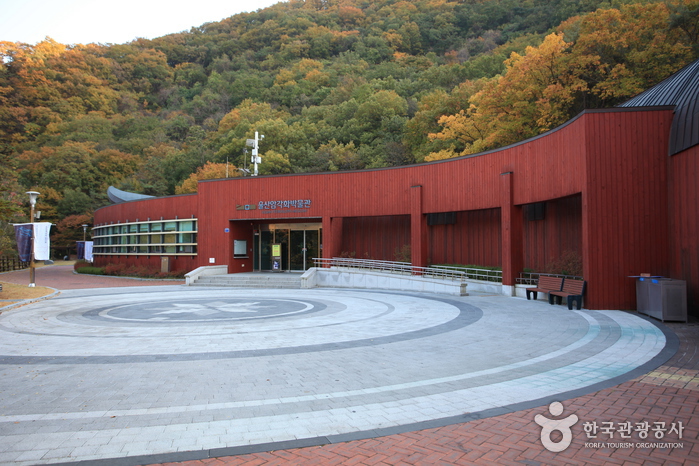
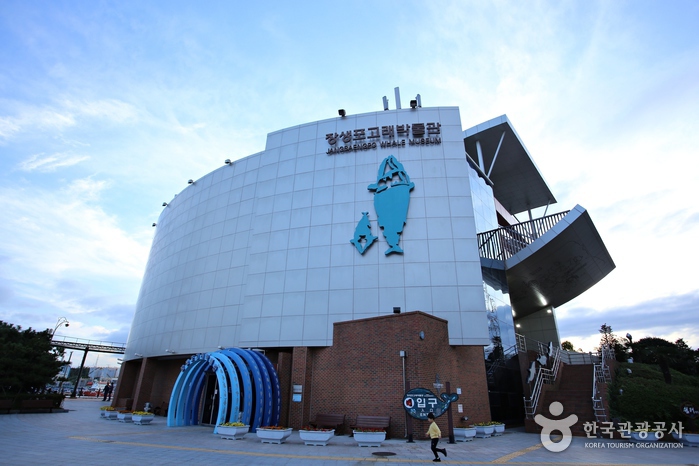
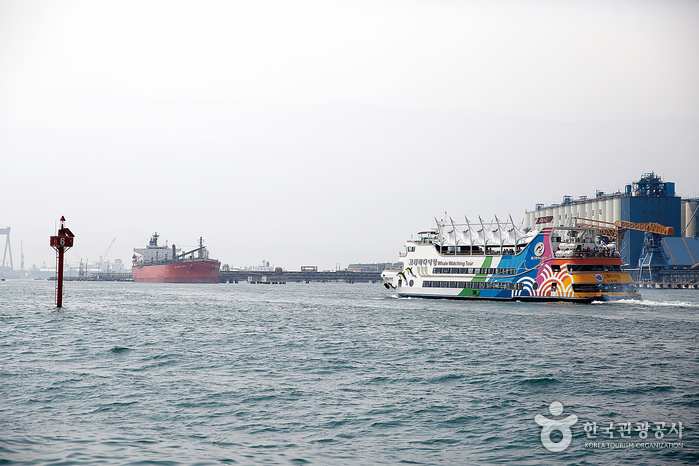

![Petroglyphs of Cheonjeon-ri [UNESCO World Heritage] (울주 천전리 명문과 암각화 [유네스코 세계유산])](http://tong.visitkorea.or.kr/cms/resource/14/3335114_image2_1.jpg)
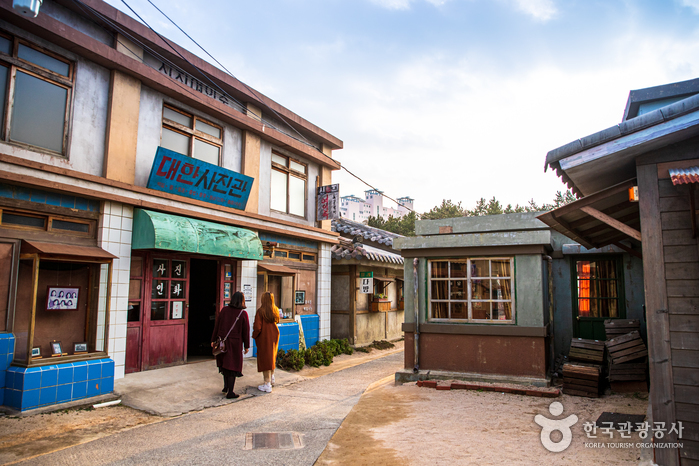

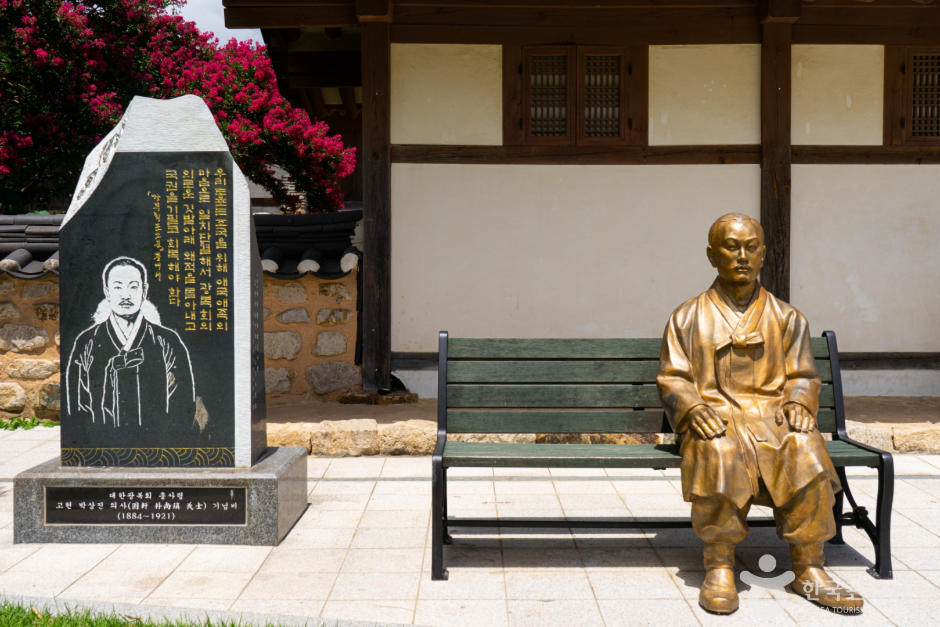
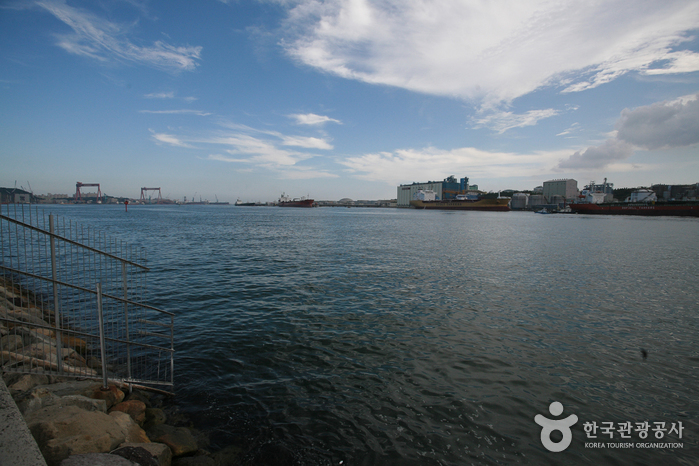
 English
English
 한국어
한국어 日本語
日本語 中文(简体)
中文(简体) Deutsch
Deutsch Français
Français Español
Español Русский
Русский